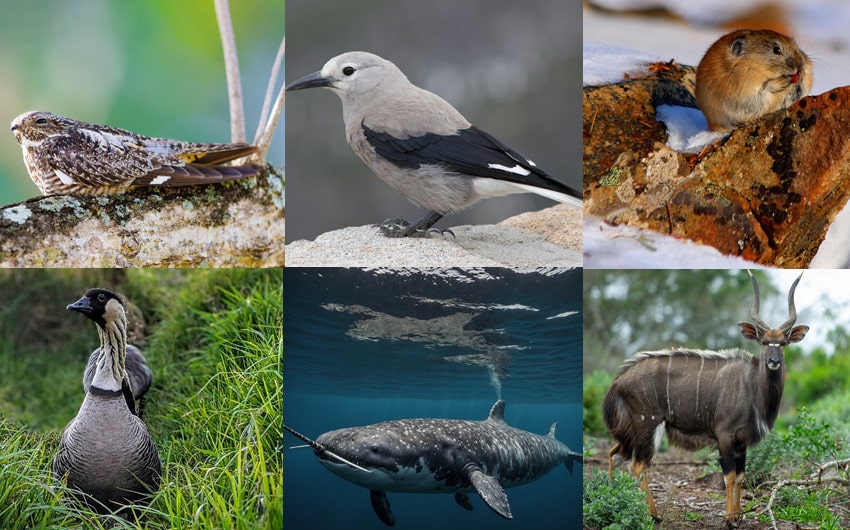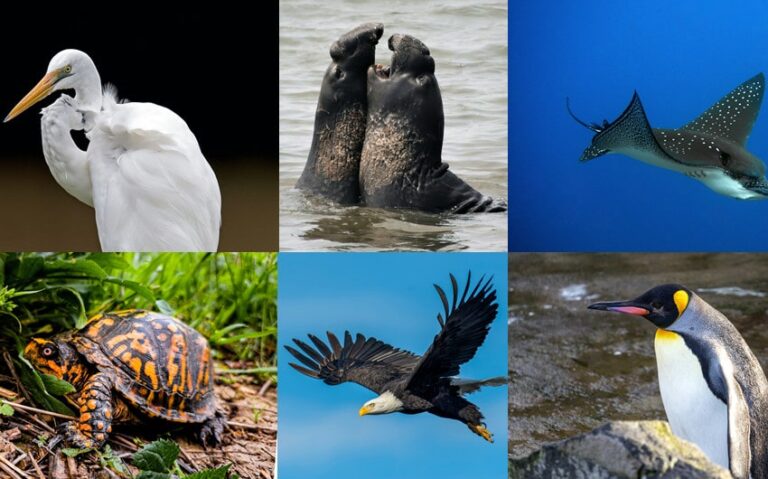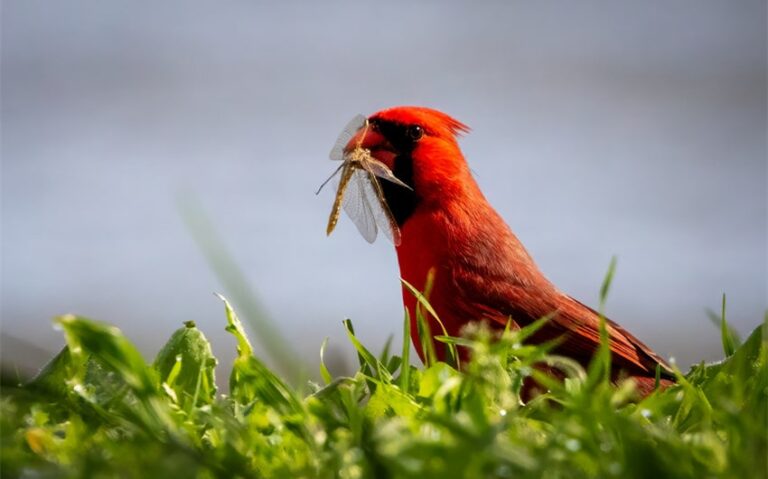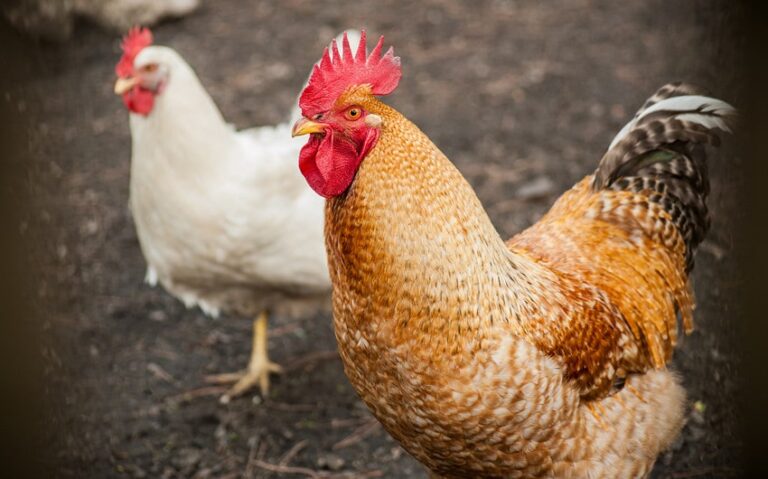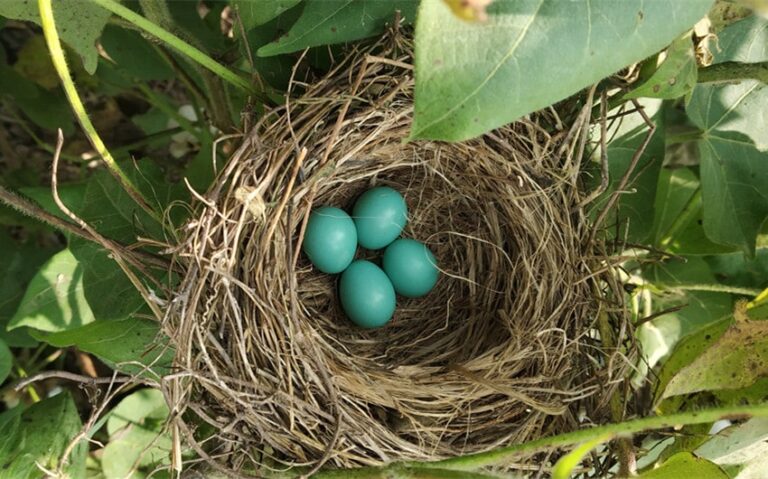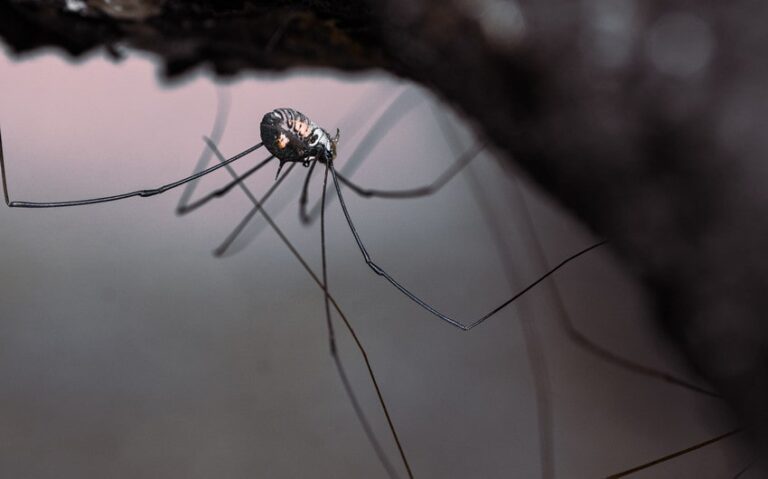30 Fascinating Animals That Start With N You Should Know
Exploring the animal kingdom is always an adventure, and it’s fascinating to discover the diversity of creatures that exist around the world. Among these, animals that start with N offer a unique glimpse into nature’s variety, from the mysterious narwhal to the nocturnal numbat.
Each of these animals has its own intriguing story, shaped by the environments they inhabit and the behaviors they exhibit. Whether you’re a wildlife enthusiast or simply curious, this list will introduce you to 30 remarkable animals that start with N, each with something special to offer.
1. Narwhal
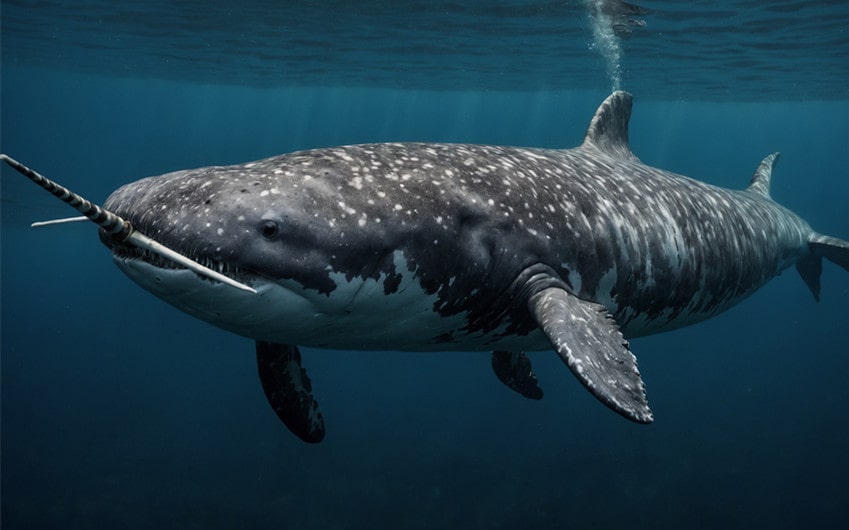
Overview:
The narwhal, often dubbed the “unicorn of the sea,” is a medium-sized whale known for its long, spiraled tusk, which is actually an elongated tooth.
Physical Characteristics:
Narwhals can grow up to 17 feet long, with males typically sporting the iconic tusk, which can reach up to 10 feet.
Habitat and Distribution:
They are found in Arctic waters around Canada, Greenland, and Russia, thriving in icy environments.
Diet and Behavior:
Narwhals primarily feed on fish, shrimp, and squid. They are deep divers, capable of reaching depths of up to 5,000 feet.
Conservation Status:
While not currently endangered, narwhals face threats from climate change and hunting.
2. Numbat
Overview:
The numbat is a small, termite-eating marsupial native to Australia, recognized by its distinctive striped back and bushy tail.
Physical Characteristics:
Numbats are small, measuring about 18 inches from nose to tail, with reddish-brown fur and white stripes.
Habitat and Diet:
They inhabit eucalyptus forests and woodlands, where they consume up to 20,000 termites daily.
Conservation Status:
Numbats are endangered, with habitat loss and predation by introduced species like foxes being major threats.
3. Nightingale
Overview:
The nightingale is a small, plain-looking bird celebrated for its powerful and beautiful song, often heard at night.
Habitat and Distribution:
Nightingales are found in Europe, Asia, and Africa, preferring dense forests and woodland edges.
Behavior and Diet:
They are insectivores, feeding on insects and larvae, and are known for their complex, melodious singing, particularly during mating season.
Cultural Significance:
Nightingales have inspired countless works of literature, music, and art, symbolizing beauty and inspiration.
4. Newt

Overview:
Newts are a type of amphibian with a lizard-like appearance, known for their ability to regenerate lost body parts.
Species Diversity:
There are several species, including the European newt, the Eastern newt, and the rough-skinned newt.
Habitat and Life Cycle:
Newts live in moist environments, often near ponds or streams, and have a unique life cycle that includes aquatic larval, terrestrial juvenile, and aquatic adult stages.
Conservation Status:
Some species of newts are threatened due to habitat destruction and pollution.
5. Nautilus
Overview:
The nautilus is a marine mollusk with a distinctive spiral shell, considered a “living fossil” due to its ancient lineage.
Physical Characteristics:
Nautiluses have a chambered shell and numerous tentacles used for capturing prey.
Habitat and Distribution:
They inhabit deep waters in the Indo-Pacific region, typically found at depths between 300 and 500 meters.
Diet and Behavior:
Nautiluses are scavengers, feeding on crustaceans and fish. They move by expelling water from their siphon, allowing them to jet through the water.
Evolutionary Significance:
Nautiluses have remained relatively unchanged for millions of years, making them an important species for studying evolutionary history.
6. Nandu (Greater Rhea)
Overview:
The nandu, also known as the greater rhea, is a large, flightless bird native to South America, similar to the ostrich and emu.
Physical Characteristics:
Nandus can grow up to 5 feet tall and weigh up to 88 pounds. They have long legs and necks, with gray-brown plumage.
Habitat and Diet:
They are found in open grasslands and savannas, feeding on a variety of plants, seeds, and small animals.
Behavior and Reproduction:
Nandus are social birds, often forming flocks. Males are responsible for building nests and incubating eggs laid by multiple females.
7. Nile Crocodile
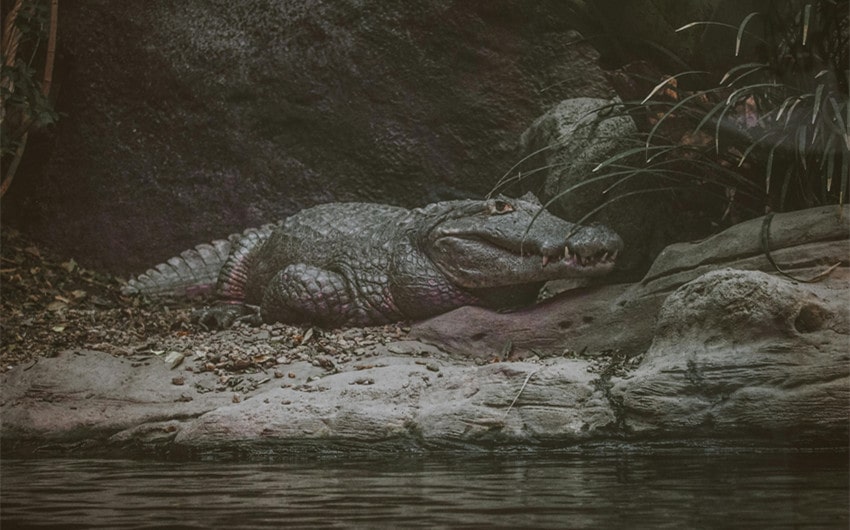
Overview:
The Nile crocodile is one of the largest and most aggressive crocodile species, known for its powerful jaws and formidable presence.
Physical Characteristics:
Nile crocodiles can grow up to 20 feet long and weigh over 1,600 pounds, with thick, scaly skin and a broad snout.
Habitat and Distribution:
They are found throughout sub-Saharan Africa, inhabiting rivers, lakes, and marshes.
Diet and Hunting Behavior:
Nile crocodiles are apex predators, feeding on fish, birds, and large mammals. They are ambush hunters, known for their powerful bite and death roll technique.
Human Interactions:
Nile crocodiles have a long history of conflict with humans, often inhabiting areas near human settlements, leading to occasional attacks.
8. Nutria
Overview:
The nutria, also known as the coypu, is a large, semi-aquatic rodent native to South America, now considered an invasive species in many regions.
Physical Characteristics:
Nutrias have webbed feet, a cylindrical tail, and thick fur, often mistaken for beavers.
Habitat and Distribution:
They are found in wetlands, rivers, and marshes, particularly in the Americas, Europe, and Asia.
Diet and Impact:
Nutrias feed on aquatic vegetation, causing significant damage to wetlands and agricultural areas. They are considered pests in many regions due to their destructive feeding habits.
Conservation Status:
In their native range, nutria populations are stable, but in areas where they are invasive, control measures are often implemented to reduce their impact.
9. Nabarlek
Overview:
The nabarlek is a small, rare rock-wallaby native to northern Australia, known for its elusive nature and nocturnal habits.
Physical Characteristics:
Nabarleks are small, with grayish-brown fur and a compact, agile body adapted for navigating rocky terrain.
Habitat and Behavior:
They inhabit rocky outcrops and escarpments, emerging at night to feed on grasses and leaves.
Conservation Status:
Nabarleks are considered vulnerable due to habitat destruction, predation by introduced species, and limited distribution.
10. Nyala
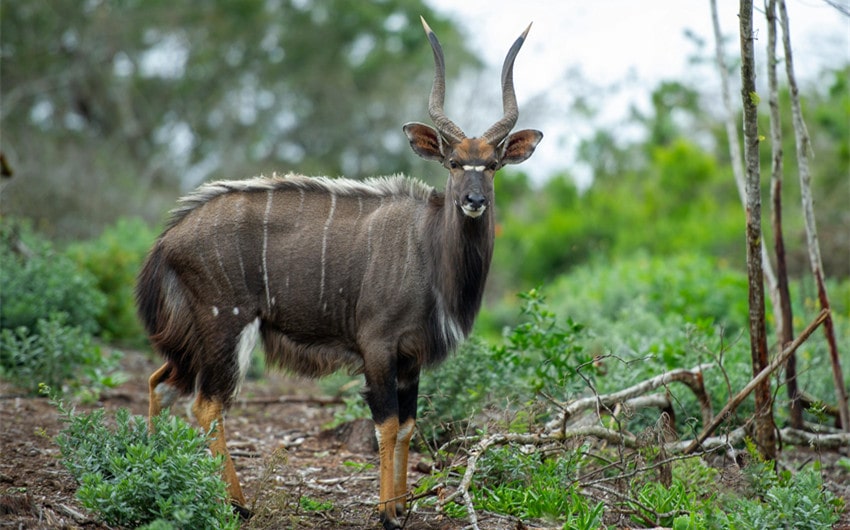
Overview:
The nyala is a spiral-horned antelope found in southern Africa, recognized for its striking sexual dimorphism, with males and females having distinct appearances.
Physical Characteristics:
Males are larger with dark brown fur, spiral horns, and a shaggy mane, while females are smaller with reddish-brown fur and no horns.
Habitat and Diet:
Nyalas prefer dense woodlands and savannas, feeding on leaves, fruits, and grasses.
Behavior:
Nyalas are shy and elusive, often remaining hidden in thick vegetation. They are most active during the early morning and late afternoon.
11. Northern Cardinal
Overview:
The Northern Cardinal is a popular songbird known for its bright red plumage in males and its melodic song, often seen in gardens and woodlands.
Habitat and Distribution:
Found across North America, particularly in the eastern United States, Northern Cardinals thrive in woodlands, gardens, and shrublands.
Diet and Behavior:
They feed on seeds, fruits, and insects. Cardinals are monogamous and often mate for life, with both parents caring for the young.
Cultural Significance:
The Northern Cardinal is the state bird of seven U.S. states and is a beloved symbol of winter beauty.
12. Northern Fur Seal
Overview:
The Northern Fur Seal is known for its thick fur and agile swimming, primarily found in the North Pacific Ocean.
Physical Characteristics:
These seals have dense fur that was once highly prized in the fur trade. Males are significantly larger than females, with thick necks and manes.
Habitat and Distribution:
Northern Fur Seals breed on isolated islands in the North Pacific, such as the Pribilof Islands in Alaska.
Diet and Behavior:
Their diet consists of fish and squid, and they are known for their long migrations, often traveling thousands of miles between feeding and breeding grounds.
Conservation Status:
Overhunting in the past severely reduced their populations, but conservation efforts have helped them recover, although they still face threats from climate change and fishing practices.
13. Nighthawk
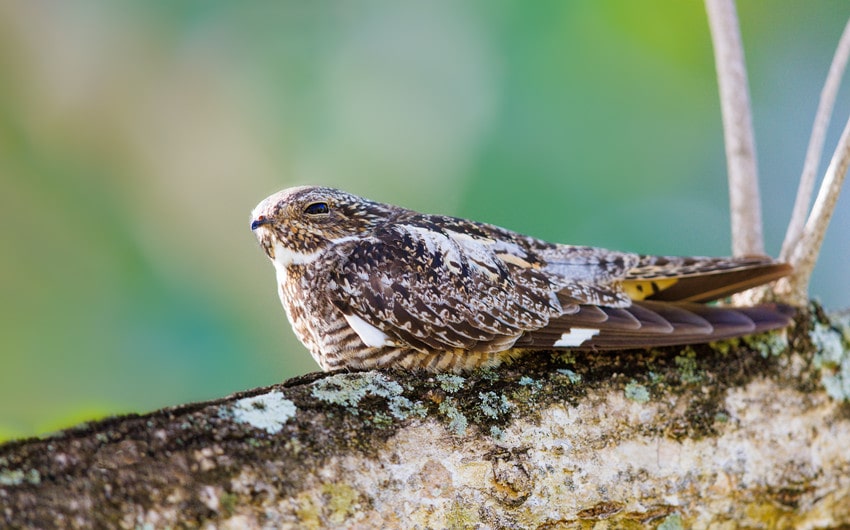
Overview:
The nighthawk is a nocturnal bird known for its aerial feeding habits, catching insects on the wing during twilight and nighttime.
Habitat and Diet:
Nighthawks are found across North and South America, preferring open areas such as grasslands, deserts, and urban environments. Their diet consists mainly of flying insects.
Behavior:
Nighthawks are known for their erratic flight patterns and the “booming” sound produced by males during courtship dives.
Conservation Status:
Some nighthawk species are experiencing population declines due to habitat loss and pesticide use, which reduces insect prey availability.
14. Naked Mole Rat
Overview:
The naked mole rat is a unique subterranean rodent known for its eusocial structure, similar to that of ants and bees.
Physical Characteristics:
Naked mole rats have wrinkled, hairless skin and large front teeth used for digging. They are nearly blind and live almost entirely underground.
Habitat and Behavior:
They are found in arid regions of East Africa, where they live in complex burrow systems. Their colonies are led by a single breeding queen, with other members serving as workers or soldiers.
Unique Adaptations:
Naked mole rats are resistant to cancer, have a high tolerance for low-oxygen environments, and can live for over 30 years, making them a subject of scientific research.
15. Numbfish
Overview:
Numbfish, also known as electric rays, are a group of cartilaginous fish known for their ability to produce electric shocks.
Physical Characteristics:
Numbfish have flat, disk-like bodies with electric organs located on either side of their head, capable of delivering shocks to stun prey or deter predators.
Habitat and Distribution:
They are found in warm, shallow seas worldwide, often buried in sand or mud on the ocean floor.
Diet and Hunting Behavior:
Numbfish feed on small fish and invertebrates, using their electric shocks to incapacitate prey before consumption.
16. Nene (Hawaiian Goose)
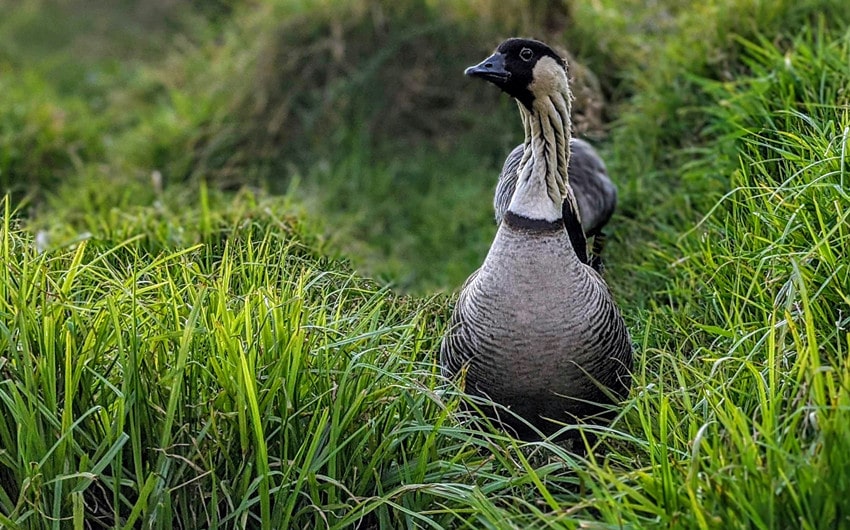
Overview:
The nene is the state bird of Hawaii, known for its distinct call and unique adaptations to the volcanic landscape of the Hawaiian Islands.
Physical Characteristics:
Nenes have a mottled brown and gray plumage with a black face and buff-colored cheeks. They have partially webbed feet, adapted for walking on rough lava flows.
Habitat and Distribution:
Nenes are found only in Hawaii, particularly on the islands of Maui, Kauai, and Hawaii.
Diet and Behavior:
Their diet consists of native grasses, leaves, and berries. Nenes are social birds, often seen in pairs or small flocks.
Conservation Status:
Nenes were once nearly extinct due to habitat loss and introduced predators, but successful conservation efforts have helped their populations rebound.
17. Neon Tetra
Overview:
The neon tetra is a small, brightly colored freshwater fish popular in home aquariums, known for its iridescent blue and red stripes.
Physical Characteristics:
Neon tetras are small, typically growing to about 1.5 inches in length. They have a striking blue line along their bodies with a red stripe running from the middle to the tail.
Habitat and Distribution:
They are native to the blackwater and clearwater streams of the Amazon Basin in South America.
Behavior and Care:
Neon tetras are peaceful, schooling fish that thrive in groups. They are easy to care for, making them a favorite among aquarium enthusiasts.
18. Nilgai
Overview:
The nilgai, also known as the blue bull, is the largest Asian antelope, recognized for its bluish-gray coat in males and robust build.
Physical Characteristics:
Males are larger and have a bluish-gray coat, while females are smaller and brownish. Both sexes have short, conical horns.
Habitat and Diet:
Nilgai are found in the plains and woodlands of the Indian subcontinent, feeding on grasses, leaves, and fruits.
Behavior:
They are generally solitary or found in small groups and are known for their ability to adapt to various habitats, including agricultural lands.
19. Nutcracker (Bird)
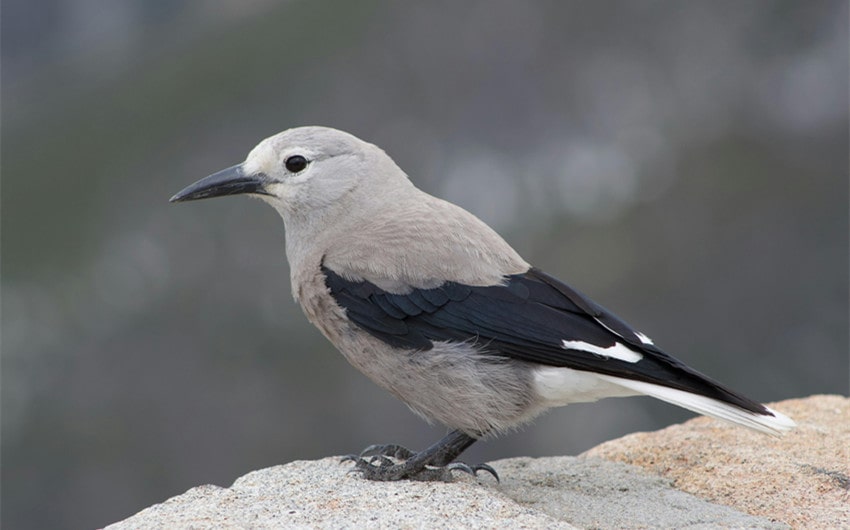
Overview:
The nutcracker is a bird known for its strong bill used to crack open nuts and seeds, playing a crucial role in seed dispersal.
Species Diversity:
Notable species include Clark’s Nutcracker and the Eurasian Nutcracker.
Habitat and Behavior:
Nutcrackers inhabit coniferous forests, where they feed on pine seeds, storing them for winter. They are known for their intelligence and memory, often recovering stored seeds months later.
Diet:
Their diet primarily consists of nuts, seeds, and occasionally insects.
20. Nudibranch
Overview:
Nudibranchs are a group of soft-bodied, colorful sea slugs known for their striking patterns and colors.
Species Diversity:
There are thousands of nudibranch species, each with unique appearances ranging from bright and bold to delicate and intricate.
Habitat and Behavior:
Nudibranchs are found in oceans worldwide, from shallow reefs to deep-sea environments. They feed on sponges, algae, and other marine organisms.
Defense Mechanisms:
Many nudibranchs have evolved to use toxins and bright colors as a defense against predators, warning them of their toxicity.
21. Napoleon Wrasse
Overview:
The Napoleon Wrasse is a large, distinctive reef fish known for its humphead and vibrant colors, often seen in coral reefs.
Physical Characteristics:
Napoleon Wrasses can grow up to 6 feet long and are characterized by their prominent forehead hump and bright blue, green, and yellow coloration.
Habitat and Distribution:
They are found in the coral reefs of the Indo-Pacific region.
Diet and Behavior:
These wrasses feed on crustaceans, mollusks, and sea urchins, playing a vital role in maintaining reef health by controlling populations of reef-damaging species.
Conservation Status:
The Napoleon Wrasse is considered endangered due to overfishing and habitat destruction.
22. Northern Pika

Overview:
The Northern Pika is a small, herbivorous mammal related to rabbits and hares, known for its high-pitched call and habitat in mountainous regions.
Habitat and Behavior:
Northern Pikas are found in rocky areas in North America and Asia. They are known for collecting and storing food, such as grasses and herbs, in preparation for winter.
Conservation Status:
Pikas are vulnerable to climate change, as they are highly sensitive to temperature fluctuations and require cool, alpine environments to survive.
23. Norwegian Forest Cat
Overview:
The Norwegian Forest Cat is a large, sturdy breed known for its thick fur and bushy tail, well-suited for cold climates.
Physical Characteristics:
These cats have a double coat of dense fur, tufted ears, and a strong, muscular build.
Behavior and Temperament:
Norwegian Forest Cats are friendly and independent, making them popular pets. They are also skilled climbers and hunters.
History:
This breed has been associated with Norwegian folklore and is believed to have accompanied the Vikings on their journeys.
24. Nkozi (African Antelope)
Overview:
The nkozi is a lesser-known antelope species native to Africa, recognized for its agility and graceful appearance.
Physical Characteristics:
Nkozi have a slender build with a reddish-brown coat and long, slightly curved horns.
Habitat and Diet:
They inhabit savannas and woodlands, feeding on grasses, leaves, and fruits.
Behavior:
Nkozi are social animals, often found in small herds. They are highly alert and rely on their speed and agility to escape predators.
25. Northern Pike

Overview:
The Northern Pike is a carnivorous fish known for its sharp teeth and predatory behavior, making it a popular game fish.
Physical Characteristics:
Northern Pike have elongated bodies with greenish-brown coloring and light spots, along with sharp, needle-like teeth.
Habitat and Distribution:
They are found in freshwater lakes and rivers across the Northern Hemisphere.
Diet and Hunting Behavior:
Pike are ambush predators, feeding on smaller fish, amphibians, and occasionally birds. They are known for their aggressive nature and swift strikes.
Fishing Importance:
Northern Pike are highly valued in sport fishing due to their size, strength, and challenging catch.
26. Nightingale Wren
Overview:
The Nightingale Wren is a small bird known for its melodious song, often heard in dense forests where it resides.
Habitat and Diet:
These birds are found primarily in Central and South American forests, where they feed on insects and small invertebrates.
Behavior:
Nightingale Wrens are elusive and difficult to spot, but their beautiful song is a hallmark of their presence in the forest.
27. Nandu (Lesser Rhea)
Overview:
The lesser rhea, also known as the nandu, is a large, flightless bird native to South America, similar to the ostrich.
Physical Characteristics:
Lesser rheas are smaller than their greater rhea cousins, with gray-brown plumage and long legs adapted for running.
Habitat and Diet:
They inhabit grasslands and shrublands, feeding on a mix of plants, seeds, and small animals.
Conservation Status:
While not endangered, lesser rheas face threats from habitat loss and hunting in some regions.
28. Noisy Miner

Overview:
The Noisy Miner is an Australian bird known for its loud calls and aggressive behavior, particularly towards other bird species.
Physical Characteristics:
Noisy Miners have gray bodies, yellow eye patches, and a strong, pointed bill.
Habitat and Diet:
They are commonly found in woodlands, gardens, and urban areas, feeding on nectar, insects, and fruits.
Behavior:
Noisy Miners are highly social and territorial, often forming large, aggressive flocks that can drive away other birds.
29. Northern Red Snapper
Overview:
The Northern Red Snapper is a popular fish known for its reddish-pink color and importance in commercial and recreational fishing.
Physical Characteristics:
Red snappers have a streamlined body with a reddish hue, growing up to 40 inches long.
Habitat and Distribution:
They are found in the Gulf of Mexico and the southeastern United States, typically inhabiting reefs and rocky outcrops.
Diet and Behavior:
Their diet consists of smaller fish, crustaceans, and squid. Red snappers are known for their schooling behavior and are a favorite target for anglers.
Conservation Status:
Overfishing has led to population declines, prompting management efforts to ensure sustainable fishing practices.
30. Northern White Rhinoceros
Overview:
The Northern White Rhinoceros is a critically endangered species, with only a few individuals remaining, all of which are in captivity.
Physical Characteristics:
Northern White Rhinos are large, with thick, gray skin and two horns. They are slightly smaller than their southern cousins.
Habitat and Distribution:
Historically found in parts of Central Africa, they are now functionally extinct in the wild due to poaching and habitat loss.
Conservation Status:
Intensive conservation efforts are being made to save the species, including advanced reproductive techniques such as in vitro fertilization.

